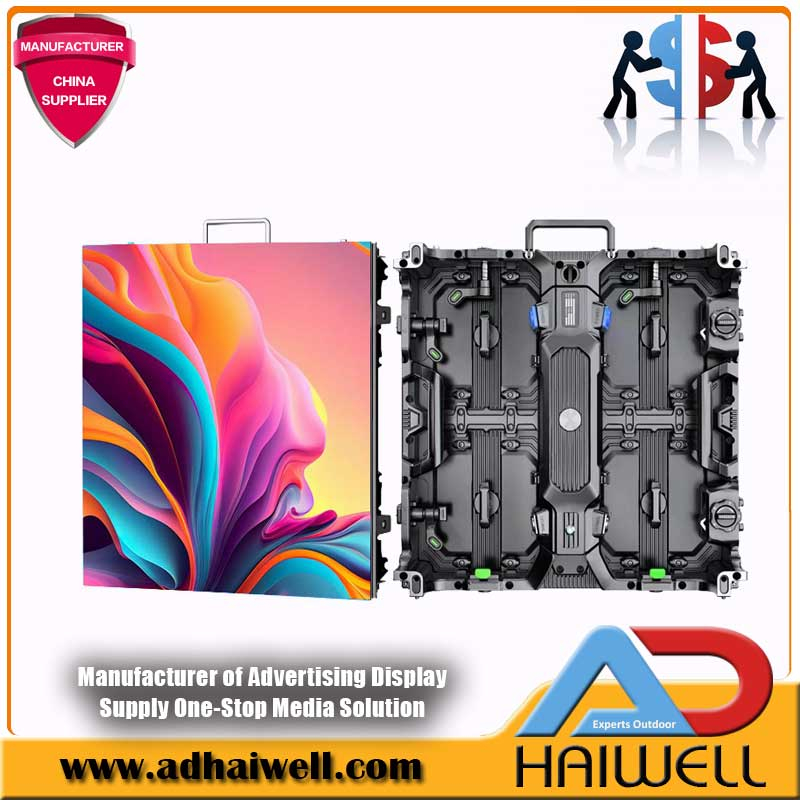Maximizing Visual Effect Via Strategic Material Timing for LED Display Execution
Wiki Article
Maximizing visual effect throughout light-emitting diode screen shows demands meticulous preparation plus strategic content scheduling. LED walls are powerful tools for visual storytelling, often used in concerts, events, and presentations. The effectiveness of these displays relies not only just upon the caliber of the images yet additionally upon the manner and when they are shown. By understanding the viewers' focus span plus the rhythm of the event, organizers can create a more engaging encounter that captivates viewers and enhances the overall performance.
One key aspect of strategic visual scheduling is timing. It is vital to synchronize the visuals to the rhythm and pace of the performance. For instance, during a music show, images should enhance the rhythm and atmosphere of the melody. This alignment aids to forge a cohesive experience that draws the audience in. Additionally, it is important to consider the duration of each visual segment. Short, striking segments can sustain viewer engagement, while longer visuals may be suitable for moments of contemplation or sentimental bonding. By varying the length and intensity of the visuals, organizers can maintain the viewers interested during the show.

Another crucial factor is the content in question. The visuals displayed on the LED wall should be pertinent to the concept of the show. This pertinence aids to reinforce the message being conveyed and renders the encounter more unforgettable for the audience. For example, if the performance is about environmental awareness, using visuals that illustrate the environment and animals can amplify the narrative. Furthermore, incorporating dynamic features, such as motion graphics or engaging graphics, can add excitement and keep the audience's attention. The right material, shown at the appropriate moment, can considerably enhance the effect of the show.
Audience engagement is also a key consideration in content scheduling. Understanding the demographics and preferences of the audience can guide the selection of visuals. For example, a younger audience may respond better to vibrant colors and quick motion graphics, while an mature crowd might value more nuanced and refined images. By customizing the material to the viewers' preferences, event planners can craft a more tailored encounter that connects with spectators. Additionally, adding viewer involvement, such as More Help real-time surveys or media engagements, can additionally improve involvement and make the performance more interactive.
Finally, evaluating the effectiveness of the content scheduling is essential for upcoming performances. Gathering feedback from the audience can provide insightful insights into what worked well and what could be improved. This information can help organizers refine their approaches and take knowledgeable choices for upcoming events. By continuously assessing and adapting the content timing strategy, event planners can amplify the aesthetic impact of LED screen shows and create unforgettable experiences for their viewers.